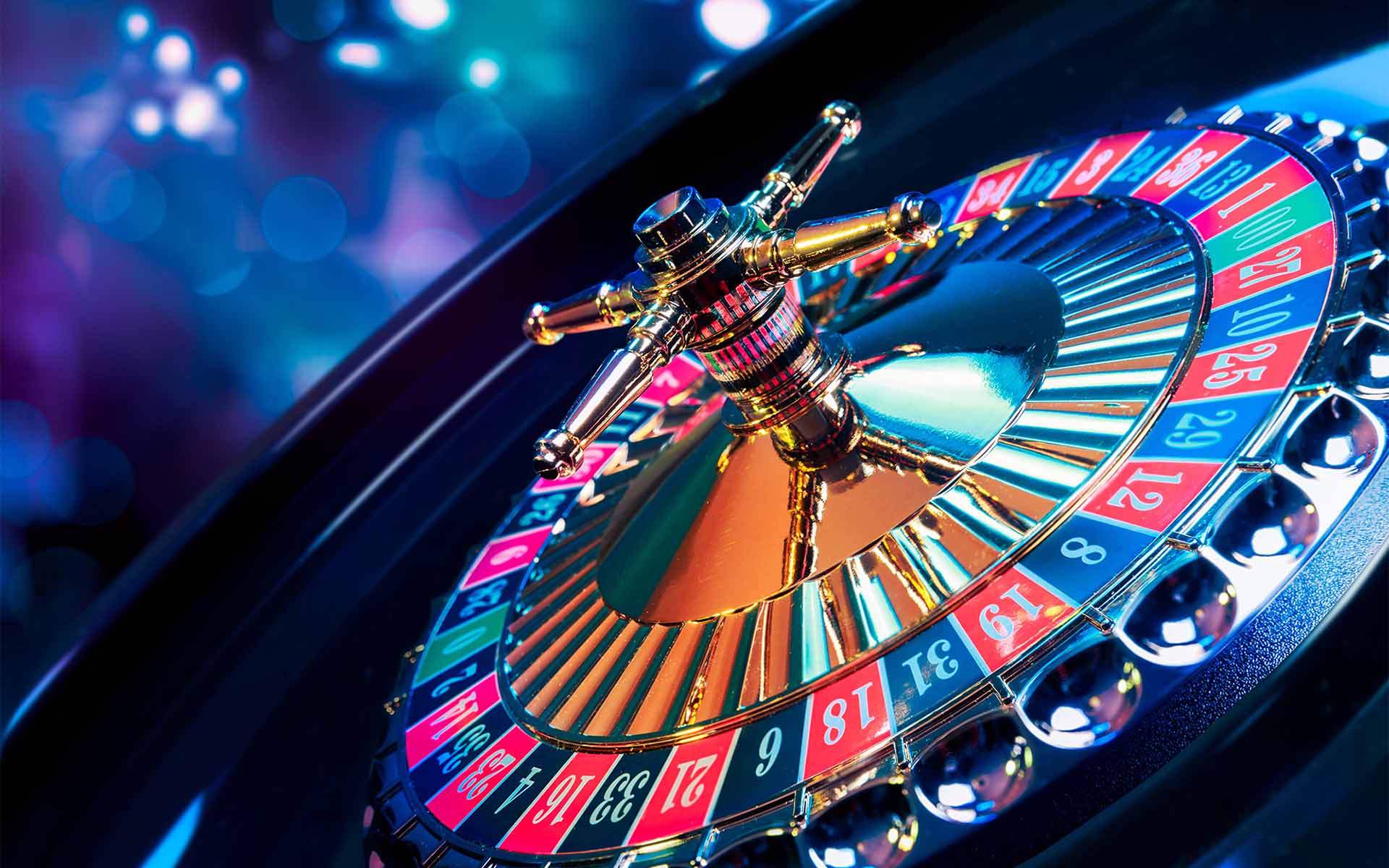The gaming industry is witnessing a remarkable phenomenon: the resurgence of classic games. This ‘Retro Revival’ is bringing beloved games from the past back into the limelight, charming a new generation of players and rekindling nostalgia among veteran gamers. Let’s journey through this blend of past and present, exploring why and how these timeless classics are making a comeback.
Classic Games: A Timeless Appeal
Classic games have an enduring appeal, and here’s why:
- Nostalgia Factor: For many, these games are a trip down memory lane, evoking memories of simpler times.
- Simplicity and Charm: The straightforward gameplay and charming graphics of classic games have a unique appeal that transcends generations.
- Cultural Icons: Many retro games are more than just games; they’re cultural icons, representing a pivotal era in gaming history.
Modern Revival Strategies
The revival of classic games isn’t just about re-releasing old titles. It involves inventive strategies:
- Remasters and Remakes: Updating graphics and mechanics while keeping the core gameplay intact.
- Mobile Gaming: Bringing classic games to mobile platforms, making them accessible to a broader audience.
- Mini Retro Consoles: Releasing compact versions of classic consoles pre-loaded with old favorites.
Impact on the Gaming Industry
This resurgence is having a notable impact on the gaming industry:
- Diversified Audiences: Attracting both older players who grew up with these games and younger generations experiencing them for the first time.
- Inspiration for New Titles: Modern games are drawing inspiration from classic gameplay mechanics and styles.
- Economic Benefits: The popularity of retro games is opening up new revenue streams for game developers and publishers.
Challenges in Reviving Classics
Reviving classic games is not without its challenges:
- Preserving Original Essence: Updating a game while maintaining its original spirit and charm.
- Technical Upgrades: Balancing the need for modern technical enhancements with the simplicity of the originals.
- Intellectual Property Issues: Navigating the complex waters of intellectual property rights and licenses.
The Future of Retro Gaming
Looking ahead, the retro revival shows no signs of slowing down:
- Virtual Reality Retro Experiences: Integrating classic games with VR technology for a new level of immersion.
- Community-Driven Projects: Fan-led initiatives to preserve and revive classic games.
- Cross-Generational Gaming Events: Organizing events and tournaments that celebrate both classic and modern games.
Conclusion
The retro revival is a testament to the enduring legacy of classic games. As they make their comeback in modern times, these games are not just a nod to the past; they are a bridge connecting different generations of gamers, celebrating the rich history and evolving future of the gaming industry.
Timothy R. Richmond, the skilled copywriter at MetaNow Gaming, is a driving force behind the diverse gaming content and community interaction on the platform. With a passion for storytelling in the gaming world, Timothy weaves narratives that resonate with the gaming community. His dedication to creating engaging and inclusive content makes MetaNow Gaming a vibrant hub for gamers seeking more than just news and reviews. Join Timothy on the journey at MetaNow Gaming, where his words contribute to a rich tapestry of diverse gaming experiences, fostering a sense of community and shared enthusiasm within the gaming universe.





